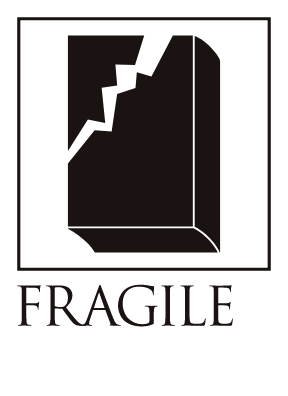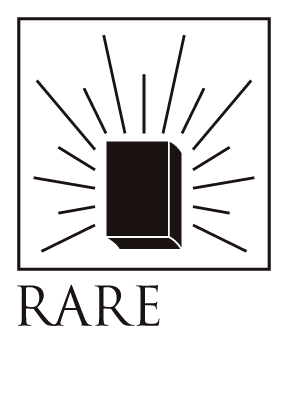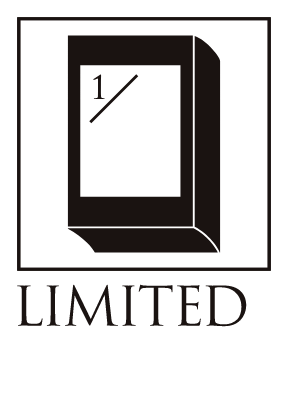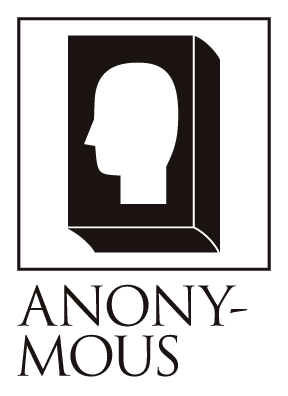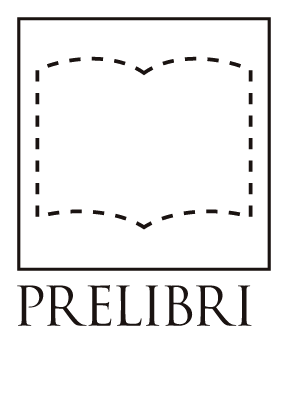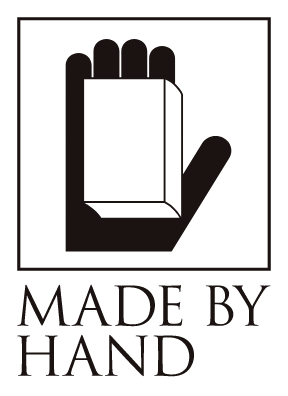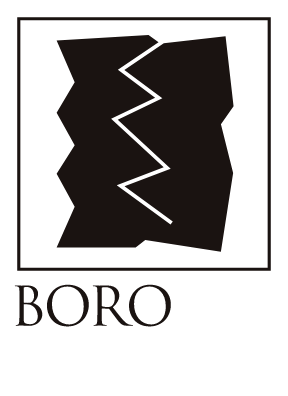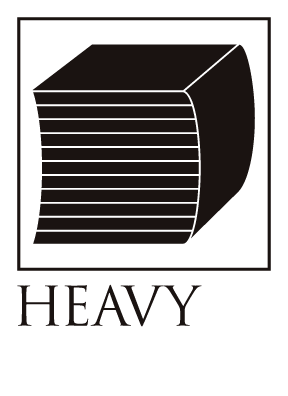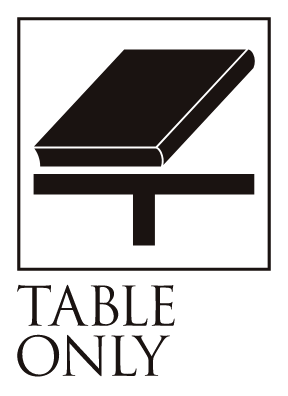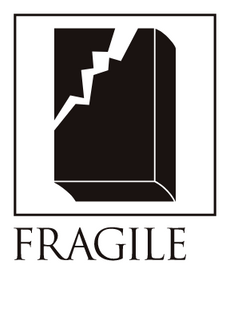Un Libro Illegible Bianco E Rosso/Unreadable books (white and red)
Bibliographic Details
- Title
- Un Libro Illegible Bianco E Rosso / 読めない本 白と赤
- Artist
- Bruno Munari / ブルーノ・ムナーリ
- Director
- Pieter Brattinga / ピーター・ブラッティンガ
- Publisher
- De Yong / デ・ヨング社
- Year
- 1964 (Planned in 1953)
- Size
- h260 × w260 × d5mm / cover unfolded h780 × w780 × d0.5mm
- Pages
- 36 pages
- Language
- Cover: Dutch, French, English, Japanese etc Eight languages
- Binding
- Saddle stitching with staples / 中綴じホチキス留め
- Edition
- Limited edition of 2000 copies / 限定2000部
- Condition
- Fine
Exploring the book as an object
Bruno Munari's
The original "Unreadable Book."
This book was printed by the Dutch printing company De Yong."Quadrat Prints" was a periodical published from 1953 to 1971.In the series of publications,This book was created by Bruno Munari. Originally,This publication was intended as a PR piece to let people involved know about De Jong's high level of technology.Designer Pieter Brattinga, son of the founder of De Jong,He commissioned contemporary creators to produce books, and the books were completed one after another. He didn't have much say in the content, and the only thing that was agreed upon was that the format should be 25cm square.Artist Dieter Roth and Dutch photographer Ed van der ElskenThe lineup is diverse, including:
This project was also the memorable first publication of Munari's "Unreadable Book" series. At the end of the 1940s, Munari, who was a leading figure in the Italian concrete art movement (Movimento Arte Concreta), was filled with ambition to "reinvent" the function and form of publications themselves. With that momentum, in 1950 he exhibited a series of prototypes called "The Unreadable Book" at the Sarto Bookstore Gallery in Milan, and released "The Unreadable Book" as a single handmade work. I don't know if he knew that, butAt Brattinger's request, it was made into an industrial product.This book was the one that made it possible to publish a certain number of copies."The Unreadable Book, White and Red"It is.
The publisher and author names have disappeared from the cover of this book, and there is no text or illustrations to read in the body of the book.The "O" when creating a bookThe work completely omits all "promises" and instead features pages of paper in two colors, white and red. It also overturns the common sense that paper is for printing text, illustrations, and photographs, and that the paper itself does not "communicate" anything."Unreadable" does not just refer to the absence of letters, but seems to imply that one cannot "read" even how to experience this book, or how the reader (I'm not sure if I should call them readers) will imaginatively engage with it.
Thus was born a book that would go on to become a shining object in publishing history. Naturally, it caused quite a stir in the publishing world and beyond. Munari seemed to like the style, and over the next few decades he produced a variety of "unreadable books" in different colors and sizes.Munari's greatest wish was to invent a form of communication that did not rely on written information. By the way, Shuzo Takiguchi was the first person in Japan to notice Munari,In 1958, he went to meet Munari.I am visiting Italy.He promised to write a preface, and gained the approval of all involved parties, and in 1965, Japan's first solo exhibition of Munari was held at the event hall on the sixth floor of Isetan. A limited edition of "The Unreadable Book: Black and White" was also published to coincide with the exhibition.Toru Takemitsu was so inspired by Munari's challenge that in the late 1960s he wrote the"Munari by Munari"He composed percussion music. The score for this piece was a "graphic score" that used figures instead of musical staves, and was designed by Kohei Sugiura, who was still in his 30s.
SuchDesigner Kazunari Hattori was holding the book "The Unreadable Book: White and Red" with great care.The paper packaging is also wonderful. No glue, staples, needles or thread are used.A large square piece of paper.The book is wrapped up like a furoshiki, which is typical of Bruno Munari, who had a deep knowledge of Japanese culture and was particularly fond of origami.
Text by Osamu Kushida
